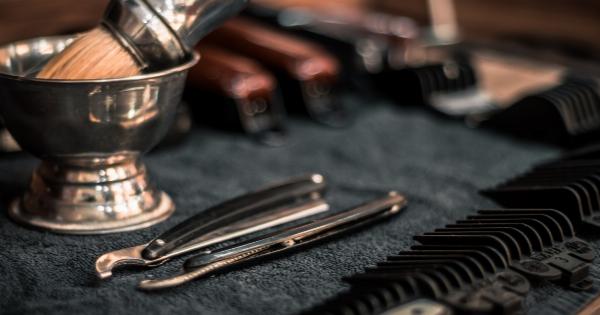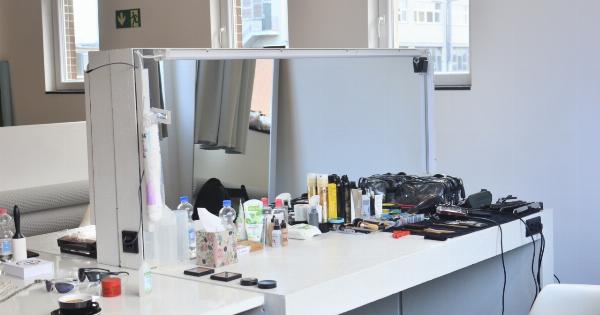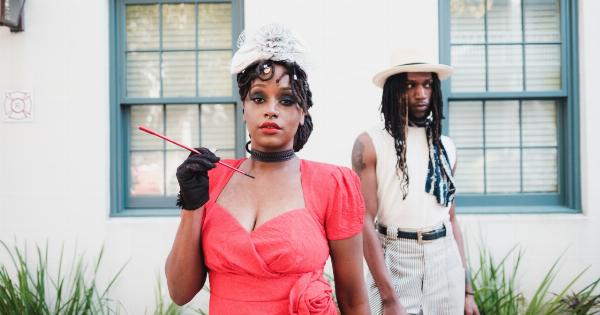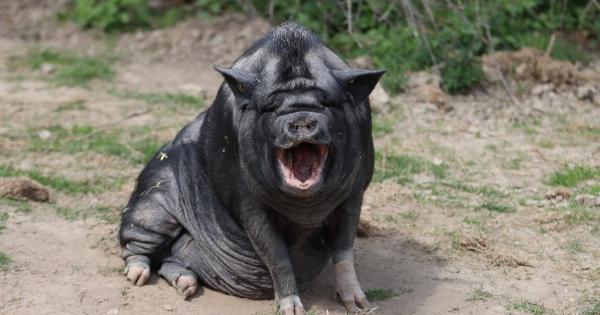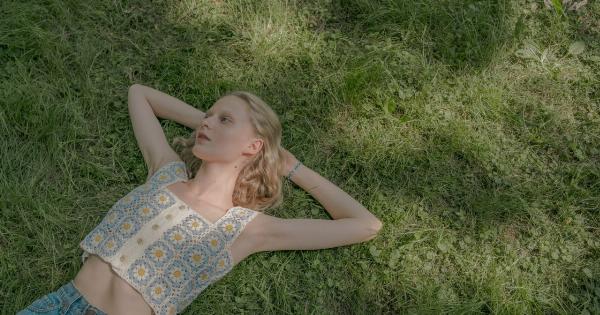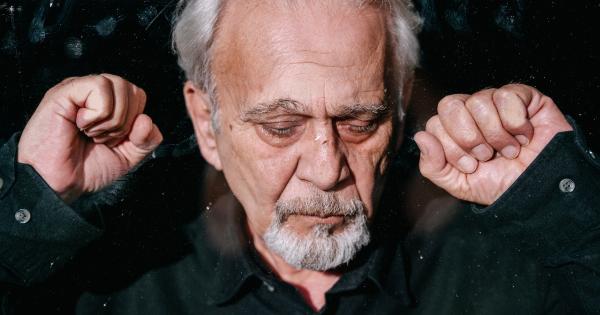Long hair has always been considered a symbol of beauty, femininity, and glamour. From the flowing tresses of Disney princesses to the cascading locks of Hollywood stars, there is no denying the appeal of long hair.
However, along with its undeniable charm comes a plethora of myths and misconceptions. In this article, we aim to separate fact from fiction and shed light on the truth behind long hair.
Myth 1: Long hair grows faster than short hair
One common misconception is that long hair grows at a faster rate compared to short hair. In reality, hair growth depends on several factors such as genetics, age, and overall health, rather than the length of the hair.
While it may seem that long hair grows faster due to its increased visibility, the growth rate remains the same regardless of the hair’s length.
Myth 2: Cutting your hair frequently makes it grow faster
Contrary to popular belief, trimming your hair frequently does not accelerate its growth rate. Hair growth occurs at the hair follicle level, and regular trims only help in maintaining the health and appearance of the hair.
Trimming removes split ends and prevents breakage, making your hair look healthier and allowing it to reach its full potential.
Myth 3: Brushing your hair frequently makes it healthier
While brushing your hair can help distribute natural oils and prevent tangles, excessive brushing can actually damage the hair. Overbrushing can lead to breakage and hair loss, especially if done roughly or with the wrong type of brush.
It is advisable to use a wide-toothed comb or a brush with soft bristles and to be gentle when detangling your hair.
Myth 4: Long hair doesn’t need regular washing
Long hair, just like any other hair length, requires regular washing to maintain its cleanliness and health. The idea that long hair doesn’t need frequent washing is a myth.
However, it is important to note that overwashing can strip the hair of its natural oils, leading to dryness. Finding a balance and listening to your hair’s needs is crucial in maintaining its vitality.
Myth 5: Long hair is always stronger than short hair
The length of the hair does not determine its strength. Hair strength is determined by its overall health, which depends on various factors such as diet, genetics, and hair care routine.
While long hair may seem more susceptible to damage due to its length, proper care and maintenance can ensure that it remains strong and resilient.
Myth 6: Cutting your hair during a specific moon phase enhances its growth
One of the most persistent yet unfounded beliefs is that cutting your hair during a particular moon phase promotes its growth. Despite the prevalence of this myth, there is no scientific evidence to support it.
Hair growth is not influenced by celestial cycles but rather by internal factors and external conditions.
Myth 7: Long hair always requires more time and effort to maintain
While it is true that long hair may require some additional care compared to shorter styles, it does not necessarily mean that it is always more time-consuming or difficult to maintain.
With the right haircare routine, including regular washing, conditioning, and minimal heat styling, long hair can be manageable and effortless to maintain.
Myth 8: Long hair should be avoided for people with thin or fine hair
Another common misconception is that individuals with thin or fine hair should avoid growing their hair long.
While it is true that long hair can sometimes appear weighed down or lack volume in these cases, there are various techniques and styling options available to add volume and make long hair look fuller. Layered cuts and strategic styling can create an illusion of volume for thin or fine hair.
Myth 9: Long hair is a burden during physical activities
Some people believe that long hair becomes cumbersome during physical activities and sports. Although long hair can get in the way, there are simple solutions such as ponytails, braids, or using hair accessories to keep it secure and out of the face.
Many athletes and active individuals with long hair successfully manage their locks while engaging in rigorous physical activities.
Myth 10: Long hair is only for the young
The perception that long hair is exclusively for the young is not accurate. Long hair can be worn stylishly by individuals of all ages with the right cuts and proper care.
It is simply a matter of finding the right long hairstyle that complements one’s face shape, features, and personal style. Embracing long hair at any age is a personal choice and can exude elegance and confidence.
The Importance of Hair Care
Regardless of the myths and misconceptions surrounding long hair, proper hair care is crucial to keep it healthy, regardless of its length.
Regular washing, conditioning, and nourishing treatments help maintain the hair’s natural shine, strength, and vitality. Protecting the hair from excessive heat styling, using suitable hair tools and products, and following a balanced diet are also essential in promoting healthy hair growth.
Conclusion: The Truth Behind Long Hair
Long hair continues to evoke a sense of beauty and allure that transcends time and culture. While there are numerous myths and misconceptions associated with long hair, separating fact from fiction is vital to understanding its true nature.
By debunking these myths, embracing proper hair care, and finding styles that suit individual preferences and lifestyles, long hair can be a source of joy and confidence for anyone who chooses to wear it.


